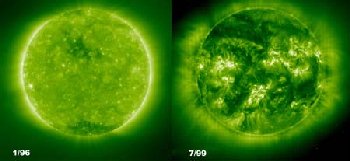This image shows the dramatic difference between solar minimum and solar maximum. The picture on the left was taken in January 1996, near solar minimum. The picture on the right was taken in 1999 when the Sun was nearing solar maximum. The Sun certainly looks more active! These images were taken by the SOHO spacecraft.
Click on image for full size
Courtesy of NASA/ESA
Ulysses Heads South for Solar Maximum
News story originally written on January 4, 2001
Many people head south for the winter. Well,
the Ulysses space probe has headed to the south pole of
the Sun! Bet, it's warmer there!
The Ulysses probe reached its maximum southern latitude of 80.1 degrees south on November 27, 2000. This is actually Ulysses's second trip around the southern side of the Sun. Its first trip was in 1994 when the Sun was at solar minimum. So, things could be quite different on this pass as the Sun is nearing solar maximum. "The Sun is the only star we can study at close quarters," says Richard Marsden, the European Space Agency's project scientist for Ulysses. "We need to get to know it in all its moods." And what a great opportunity this is for scientists to study the Sun over the whole of the 11-year solar cycle.
In fact, as the Sun reaches this point of increased activity, there is a fleet of spacecraft including ACE, Ulysses, SOHO, TRACE, Polar, Image, CLUSTER, WIND and Geotail making measurements. Combined with ground-based observatories, this will be the most watched solar maximum in history. There's no telling what scientists will learn about the Sun, space weather and its effects on Earth! "This is a unique solar maximum in history," said Dr. George Withbroe, Science Director for NASA's Sun-Earth Connection Program. "The images and data are beyond the wildest expectations of the astronomers of a generation ago."
Although Ulysses was launched in 1990, its mission is far from over. Ulysses will return to northern solar latitudes in October 2001.
You might also be interested in:
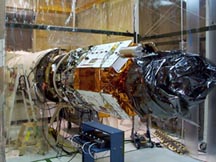
The TRACE spacecraft was launched April 1st at 9:42 p.m. EST from the central California coast. TRACE stands for Transition Region and Coronal Explorer. TRACE will operate in polar orbit about 400 miles
...more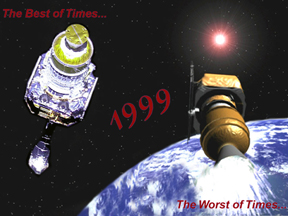
It was another exciting and frustrating year for the space science program. It seemed that every step forward led to one backwards. Either way, NASA led the way to a great century of discovery. Unfortunately,
...more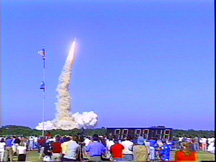
The Space Shuttle Discovery lifted off from Kennedy Space Center at 2:19 p.m. EST, October 29th. The sky was clear and the weather was great as Discovery took 8 1/2 minutes to reach orbit for the Unitied
...more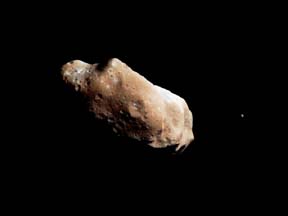
A moon was discovered orbiting the asteroid, Eugenia. This is only the second time in history that a satellite has been seen circling an asteroid. A special mirror allowed scientists to find the moon
...more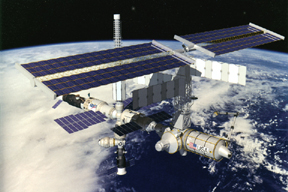
Will Russia ever put the service module for the International Space Station in space? NASA officials are demanding an answer from the Russian government. The necessary service module is currently waiting
...more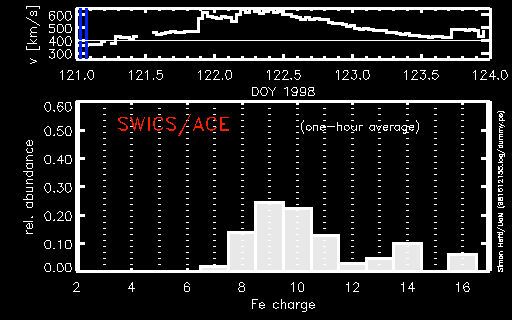
During a period of about two days in early May, 1998, the ACE spacecraft was immersed in plasma associated with a coronal mass ejection (CME). The SWICS instrument on ACE, which determines unambiguously
...more
J.S. Maini of the Canadian Forest Service has referred to forests as the "heart and lungs of the world." Forests reduce soil erosion, maintain water quality, contribute to atmospheric humidity and cloud
...more


